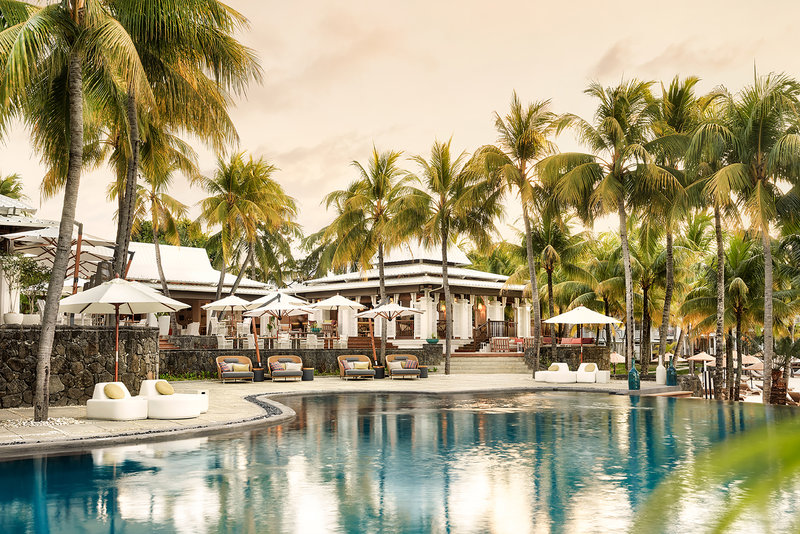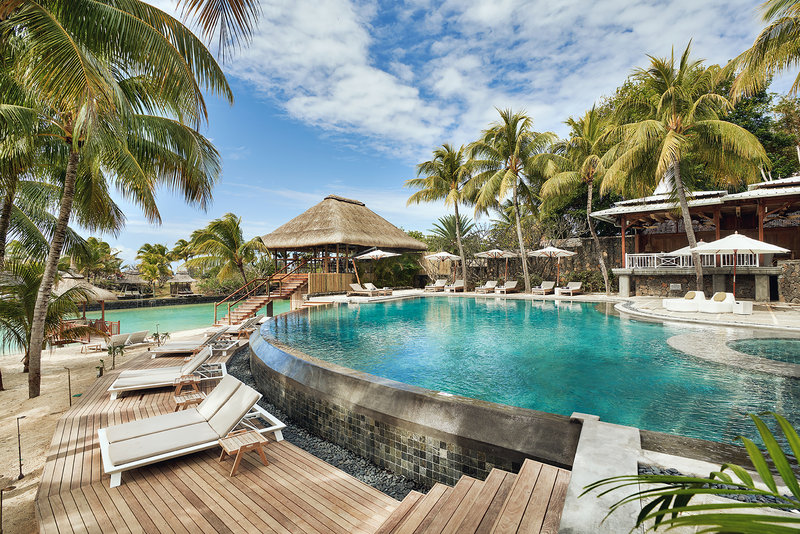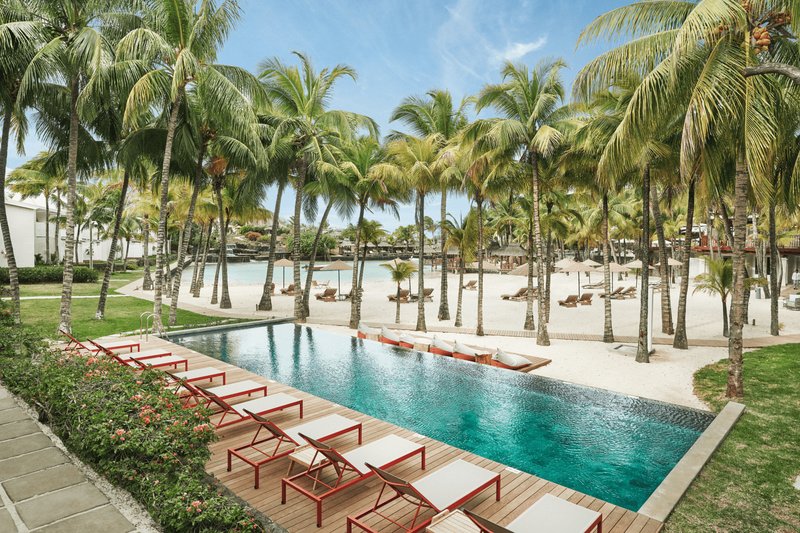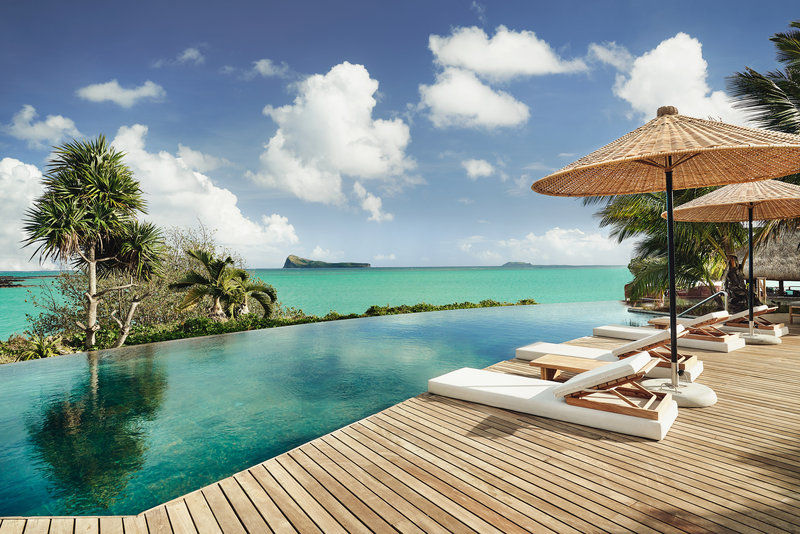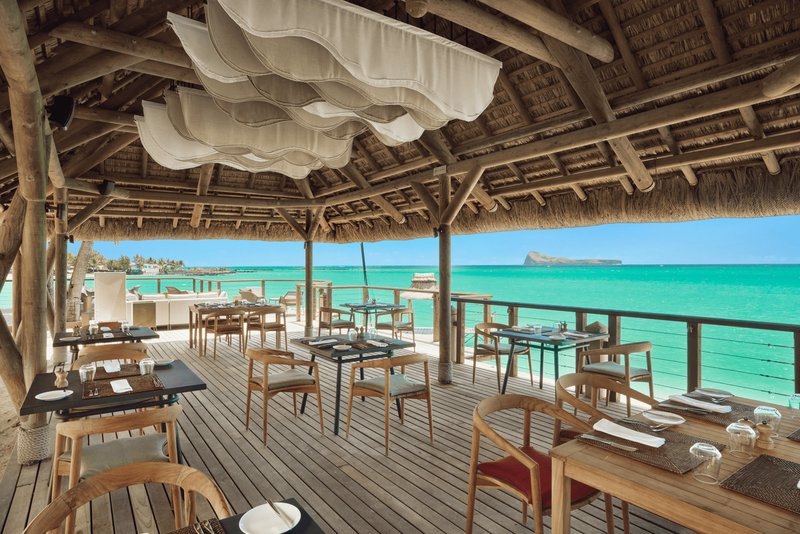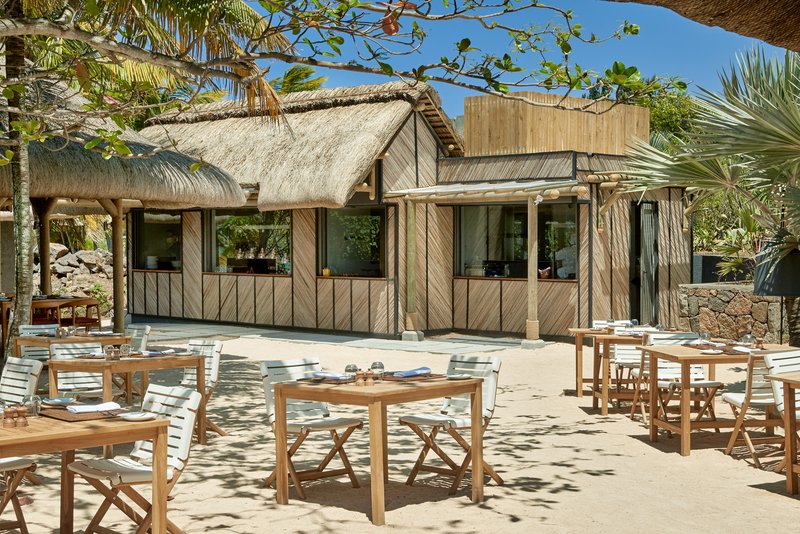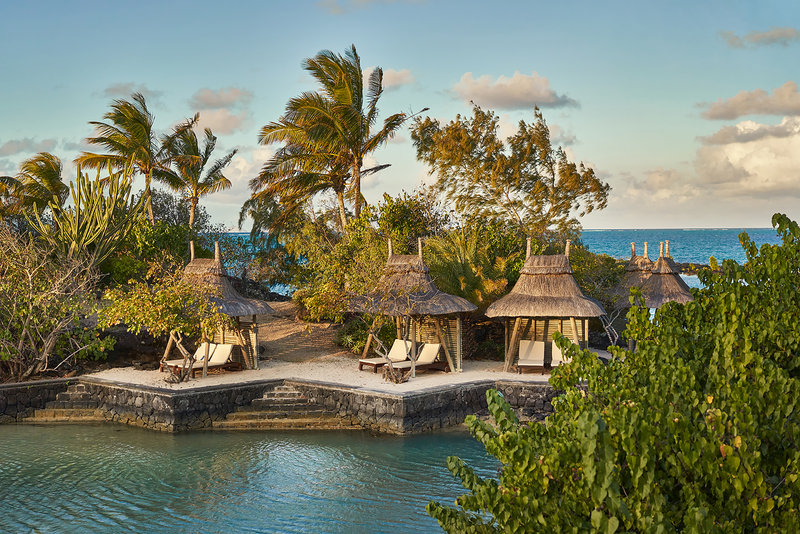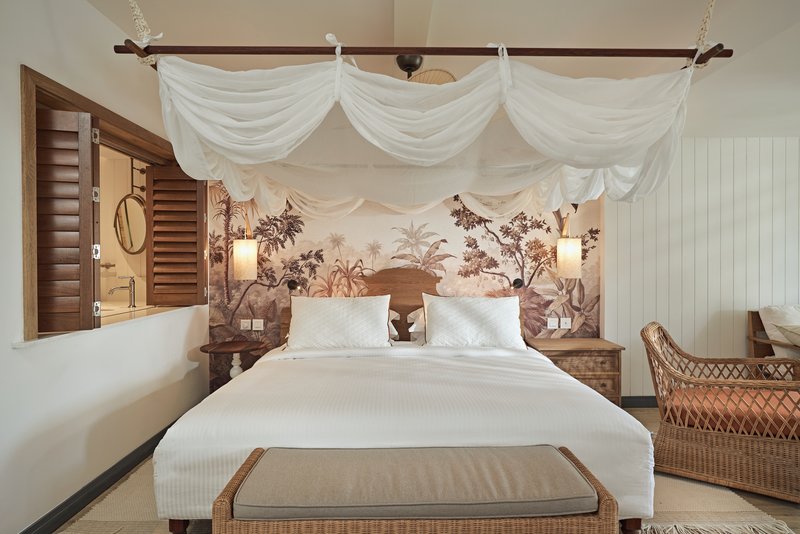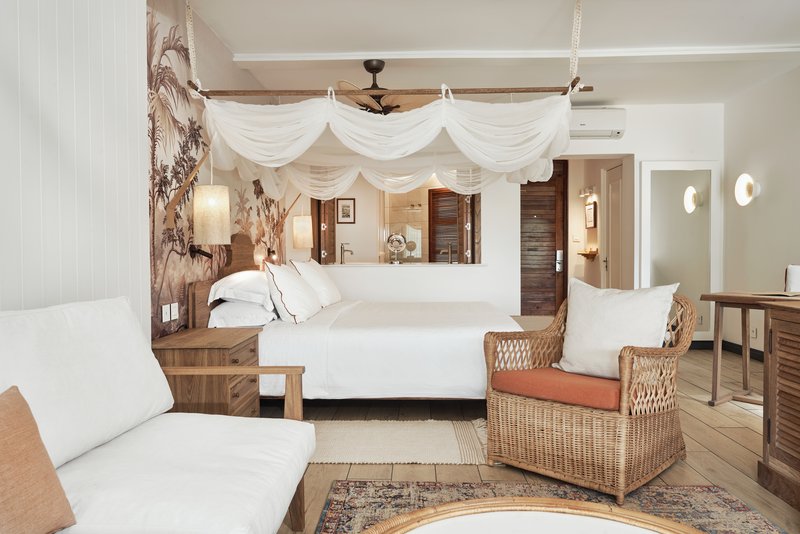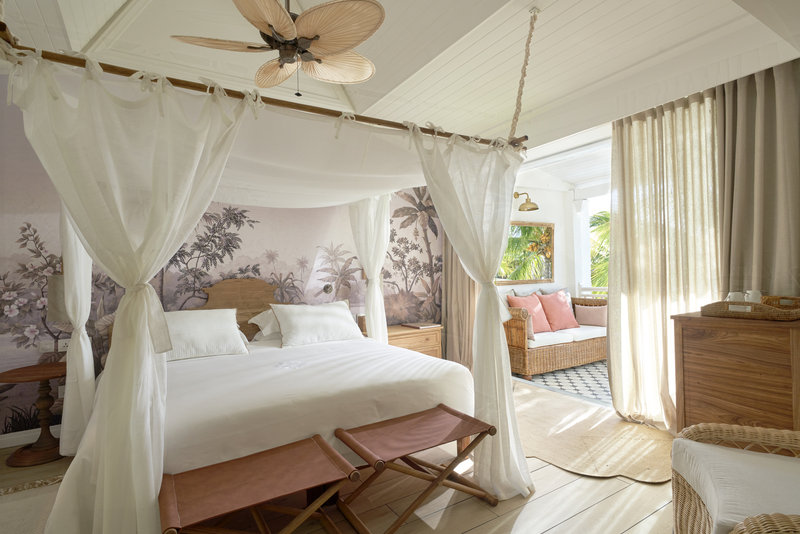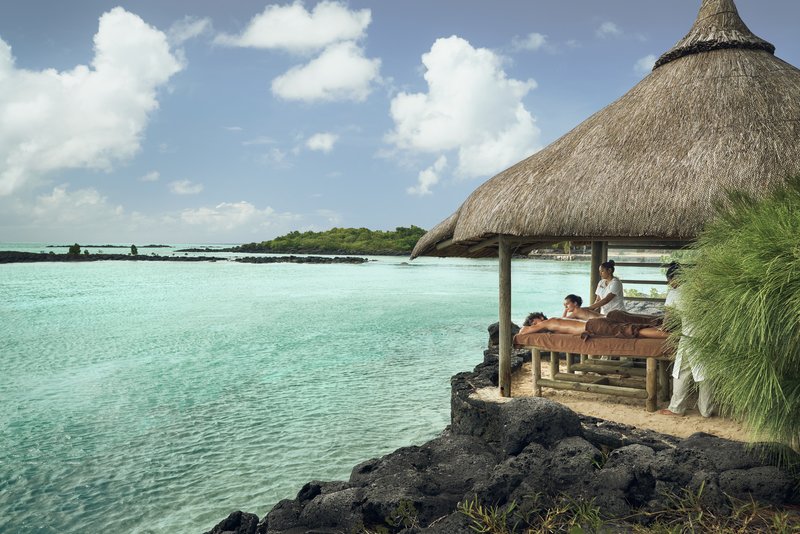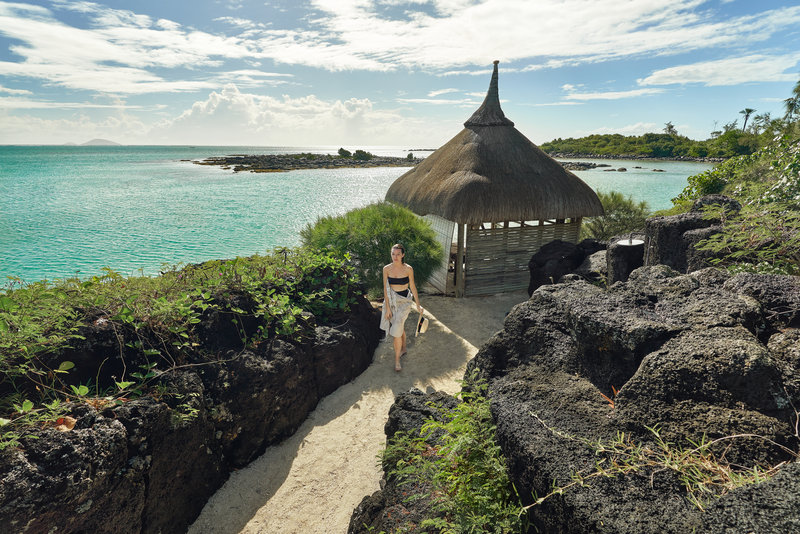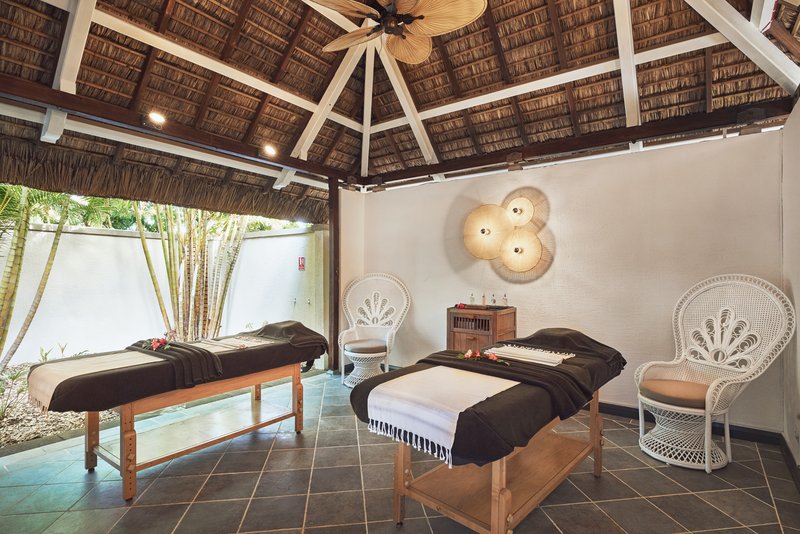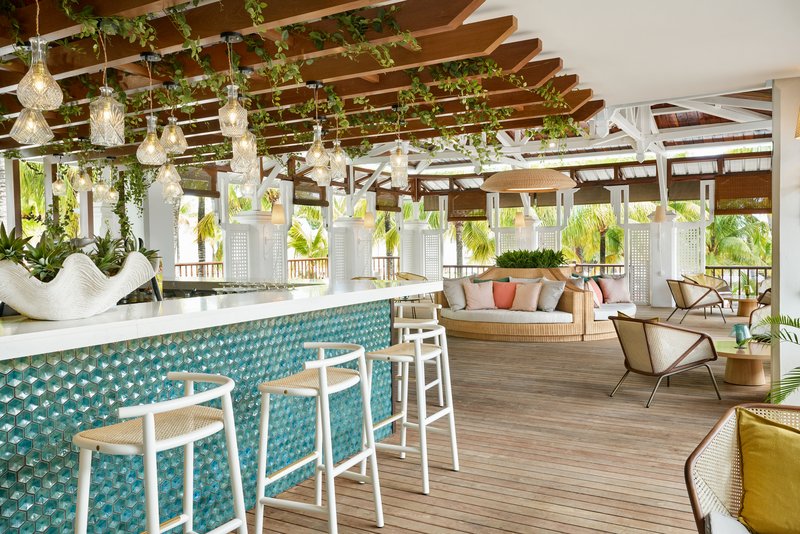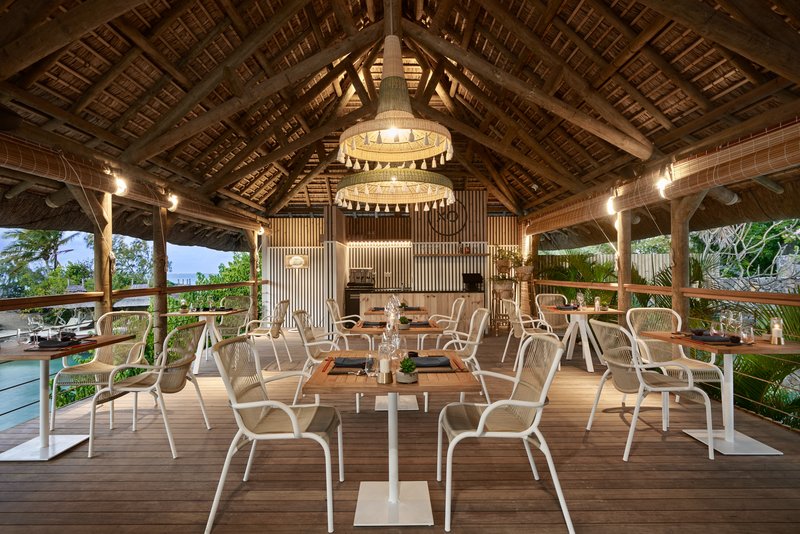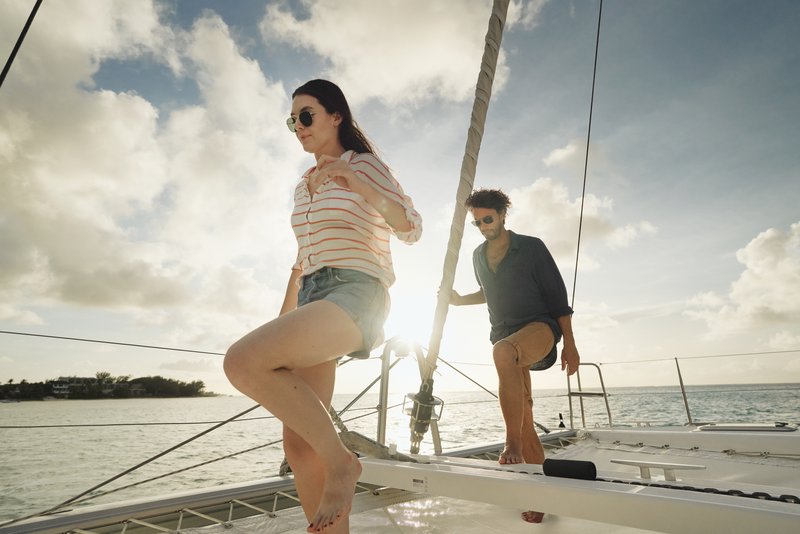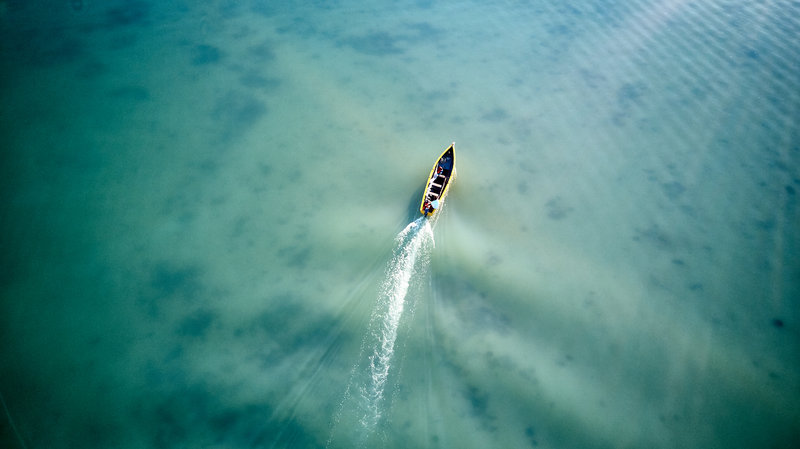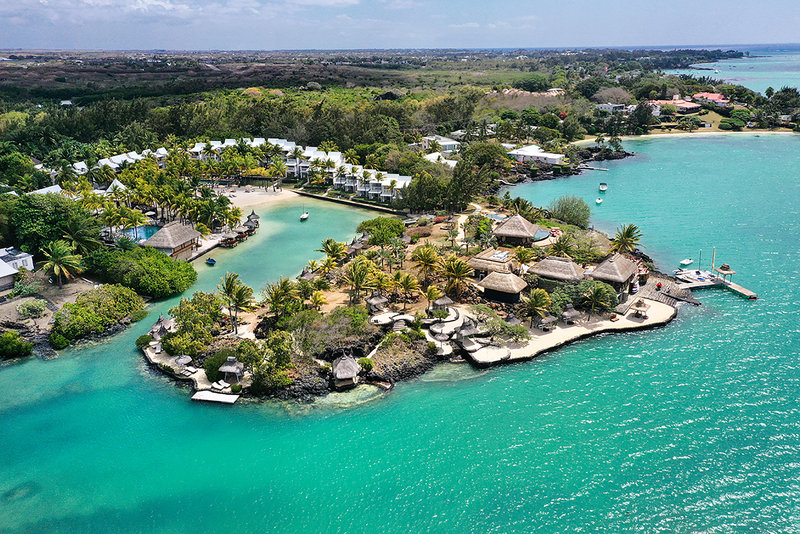Things to do
WATER SPORTS
With its turquoise waters and prime location on the north coast, Anse la Raie has made a splash on the Mauritius water sports scene. Stand up paddleboarders explore the calm, clear waters of the lagoon. A little further out, kite surfers catch the wind to leap over the waves. From windsurfing to sailing, canoeing to scuba diving, there are plenty of ways to explore the bay.
HISTORY
Northern Mauritius is home to lots of historic sites dating from the colonial era. Just around the coast from Anse la Raie you’ll find Cap Malheureux, or Cape Misfortune – so called because of the ships wrecked off its rocky coast. Today, the pretty red church of Notre Dame Auxiliatrice on the headland pays homage to its history – and stars in countless holiday photos. Inland, you’ll find the fascinating Chateau de Labourdonnais, a perfectly preserved 19th-century mansion. Stroll around the manicured grounds and explore the rooms to picture life in the days of the East India Company.
DAY TRIPS
From buzzing towns to deserted islands, there’s plenty to see for those who wish to explore further afield. Venture to the capital of Port Louis and immerse yourself in the rich mix of cultures that have left their mark on everything from the food to the architecture. Or book a catamaran tour to get a closer look at the islands you can spy from Anse la Raie. Coin de Mire, a rugged isle with a jutting headland, makes a scenic spot for a picnic lunch or beach barbecue.
